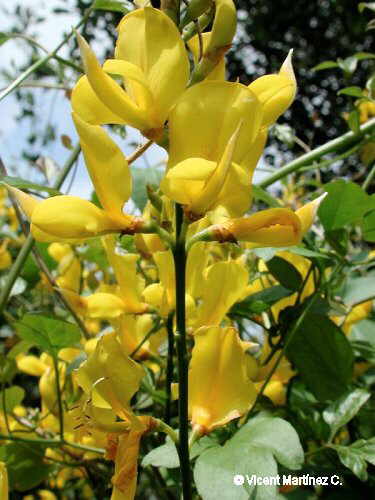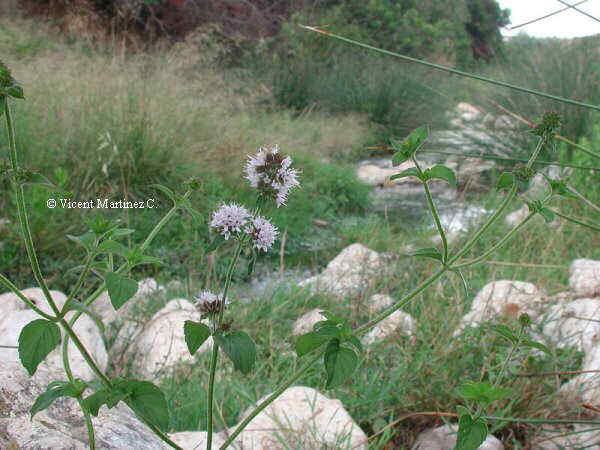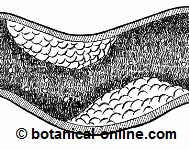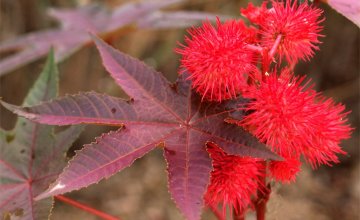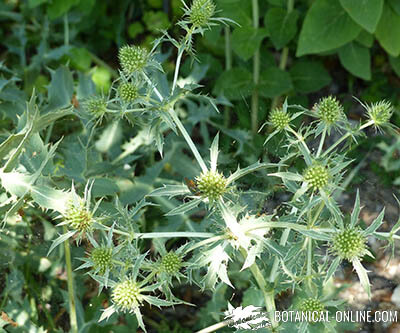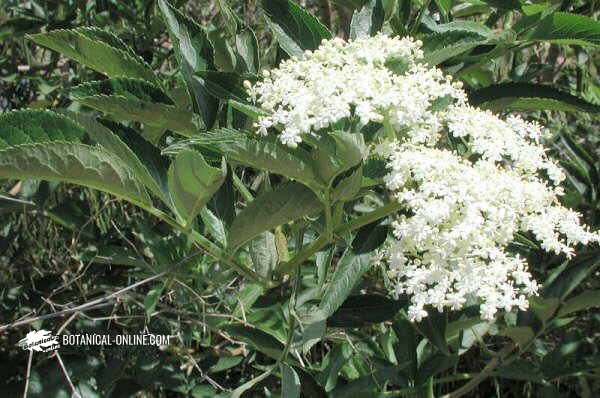Contents
Whole grains and legumes, foods rich in phytates
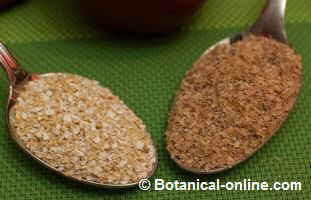
Whole grains and legumes are the richest foods in phytates in the diet. The function of phytates in plant seeds is to release minerals during seed germination to allow the growth of new plants. Therefore, seeds are very rich in phytates.
How important are phytates in food?
For many years, the fact that a food contained phytates was considered a negative characteristic. Phytates have the ability to bind minerals (especially zinc and iron, also calcium, magnesium and manganese) and prevent their absorption. For this reason, phytates were called mineral thieves or antinutrient substances.
Cereal bran, very rich in antinutrients
Cereal bran is the only type of product that presents problems due to its high phytate content, such as wheat bran, oat bran or other products made with them such as fiber cereals.
Excess bran has antinutritive properties due to its high content in these components.
The consumption of foods naturally rich in phytates, such as brown rice or legumes, does not pose a nutritional risk due to their phytate content, provided that they are properly cooked.
Eating a lot of seeds can cause indigestion
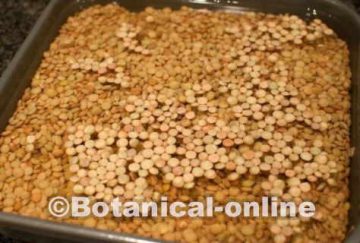
Phytates, in addition to being able to sequester minerals, also have the ability to combine with digestive enzymes and inactivate them. For this reason, eating seeds can cause indigestion. For example, eating lots of nuts, or a plate of undercooked legumes causes indigestion due to this type of antinutrient.
To avoid this and other adverse effects, it is convenient to activate the seeds.
Soak whole grains and legumes to activate
Phytates can be found in foods in the form of phytic acid or forming salts (phytates). To simplify, we always talk about phytates, which is phytic acid bound to minerals.
The intention of soaking is for phytates to transform, releasing phosphorus and other minerals and becoming phytic acid. In this way the seeds are more digestive and have no antinutritive properties.
In addition, soaking also serves to clean the seeds, hydrate them and have a better taste
* More information: Activate the seeds
Benefits of consuming phytates
At present, numerous studies have shown that these compounds may have beneficial health properties.
The consumption of foods rich in phytates improves circulation, reduces cholesterol, helps prevent tooth decay and heart disease, increases immunity and naturally protects against certain types of cancer.
In addition, phytates prevent the crystallization of calcium oxalate and phosphates, helping to prevent the formation of kidney stones.
![]() More information on phytates and antinutrients
More information on phytates and antinutrients

